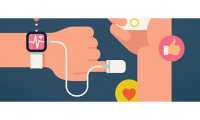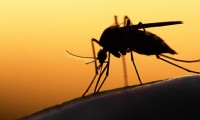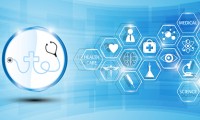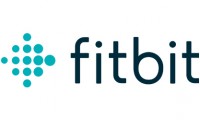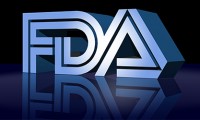-
Making the Most of Real-World Data in Clinical Trials
- Source: drugdu
- 175
- January 3, 2024
-
Wearable Medical Devices, Your Constant Healthcare Companion
- Source: Ddu
- 1,260
- August 28, 2018
-
US Army Awaiting to Test MEDHUB – A Telemedicine Platform
- Source: mHealth Intelligence
- 750
- July 23, 2018
-
Zika Virus Detection Using Smartphone Based NBC Detection Tool
- Source: The Verge
- 1,551
- July 6, 2018
-
Dentists, Orthodontists to be Encouraged to use Telemedicine
- Source: mHealthIntelligence
- 593
- June 22, 2018
-
Kiosks Becomes Vistas for Offering Pharmacy Services
- Source: mHealthIntelligence
- 560
- June 8, 2018
-
Fitbit’s Place in Remote Patient Monitoring Research
- Source: Ddu
- 610
- June 1, 2018
-
FDA Seeking Digital Health to Combat Opioid Abuse
- Source: Ddu
- 788
- June 1, 2018
-
Market for Mobile Health Technology To Exceed USD 28 Billion In 2018
- Source: Ddu
- 913
- May 30, 2018
your submission has already been received.
OK
Subscribe
Please enter a valid Email address!
Submit
The most relevant industry news & insight will be sent to you every two weeks.


